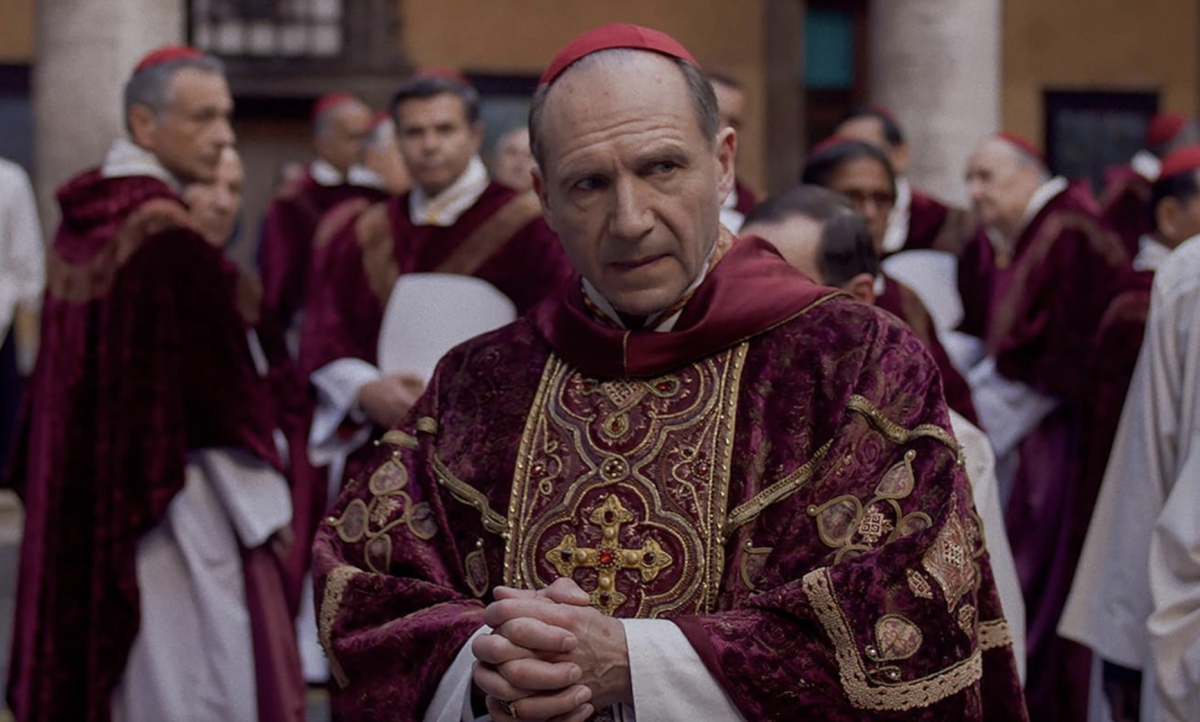“Andor” has dropped out of hyperspace with a bang. On Sept. 21, the new “Star Wars” series dropped its first three episodes on Disney Plus. Once an unremarkable project of the ever growing “Star Wars” franchise, the show may become one of the biggest hits yet. The unique tone, casting and superb visuals received overwhelmingly positive reactions from the fanbase. It earned an initial user rating of 8.3/10 on IMDb, just 0.4 points behind “The Mandalorian,” another popular “Star Wars” series.
“Andor” follows the titular character, Cassian Andor, who was first introduced in the movie, “Rogue One: A Star Wars Story.” While the character’s fate in that movie was final, there remains an entire backstory to be explored. In a galaxy where every background character, droid and even ships have complex histories, it may be unappealing to have yet another similar story. “Andor” breaks the mold by delivering its own unique take on “Star Wars.”
With a lead screenwriter from “Rogue One,” Tony Gilroy, at the helm of this project, the tone was expected to be similar: dark and gritty. “Andor” delivers on this promise, providing a series that doesn’t hesitate to show brutality, corruption, thrilling action and complicated relationships.
Against a noir backdrop, the audience meets Cassian as an unintentional criminal, forced to deal and sell resources, of murky legality, to make money. Cassian attempts to survive and provide for his aging guardian figure. His search for a missing family member puts him at odds with the law and on the Imperial radar, something that even an upstanding citizen would never want.
The world of “Andor” has rich depth and an authentic atmosphere. It feels lived-in, like “Star Wars” should. It is connected to the greater canon, yet not reliant upon it. There is so much thought and attention put into the characters, their environment and their interactions that regardless of whether the viewer knows their Tatooine from their Jakku, they can still enjoy the show.
There is also a great deal of activity within the sets and attention to developing new characters. The new droid is a perfect blend of astromech charm and protocol following droid langauge. The sets and cinematography aren’t plagued by many of the issues seen in “Book of Boba Fett” and “Obi-wan Kenobi.” While the popular “Star Wars Volume” stage sets have a great deal of merit, the physical sets employed in “Andor” offer more room to explore its’ world and characters.
Poor pacing is a common complaint of fans regarding the recent “Star Wars” franchise installments. However, the slow burn in “Andor” is warranted, unlike the previously noted offenders. Everything that has happened in “Andor” contributes profoundly to the interpersonal dynamics and story being presented.
That interpersonal aspect is one of the most compelling parts of “Andor.” The demonstration of community and humanity is notable. Those qualities provide the show with authenticity and hope that is paradoxically coded into “Star Wars” and yet too often absent. While “Star Wars” is about epic space battles, the force and heroes up against drastic odds, it is also a very human story. Love and hatred, hope and despair and the question of morality are core themes amongst the drama.
The original movies’ themes are too often used shallowly, when they should be taking center stage. In “Andor” the script is almost flipped. The humanistic elements aren’t inserted with cheesy dialogue between action scenes or odd political drama; they are woven into crucial scenes and shape them in meaningful, tangible ways. The quality screenwriting uses the, “show, don’t tell” approach, adding authenticity to all interactions.
“Andor” is a story about human relationships pushing and pulling against each other and society. It isn’t clunky and it doesn’t rip the viewer out of the action. The complex character dynamics enrich the action scenes and emphasize the weight of politics in the story. This shows to the audiences how heavy the stakes are for the characters and the risks extend beyond who does or doesn’t get blasted.
The heroes are not good nor bad, they’re trying to survive and look out for those whom they care about, no matter what that entails. All the characters feel like real-life people, and not just a face or helmet on the screen. The cast’s motivations are complex and compelling. There are people on both sides of the conflict, and no matter who lives and who dies, their actions promise to effect everyone’s existence throughout the show.
This drives the excitement of the audience, as the fate of almost every character is unknown. Only three episodes in, and the show promises that the resilience of the characters will be brutally explored. There is a real sense of risk that is absent from recent “Star Wars” shows. In “Obi-Wan Kenobi,” the audience knows that all will turn out fine because the main characters are well- known. In “The Book of Boba Fett,” the action scenes were interesting, but the stakes were similarly low and predictable.
The same grit that was seen in “Rogue One” appears to be returning, and if that film was any indicator of the tone and themes that will arise, no one is truly safe, and every episode may well be someone’s last. A compelling story is important but having risk makes it all the more exciting, engaging and refreshing.
Fans of Star Wars will likely enjoy “Andor” very much, even if they are of part of the camp that has been unsatisfied with recent “Star Wars” adaptations. The show is accessible to all newcomers or veteran fans. The shows more nuanced approach and darker themes are well situated to provide a refreshing journey in a galaxy of adventure.
Nicholas Silva can be reached at [email protected].



















